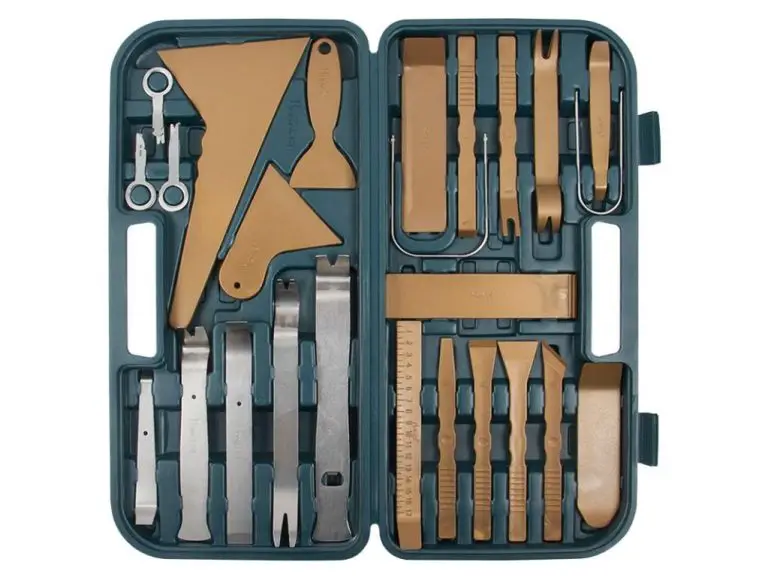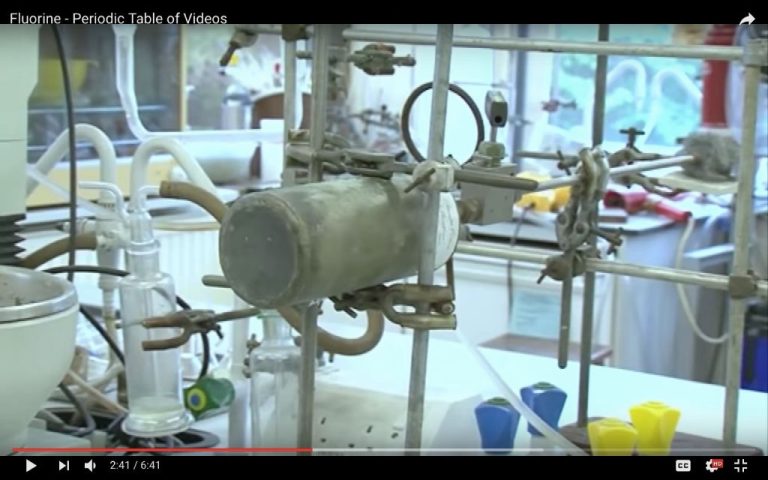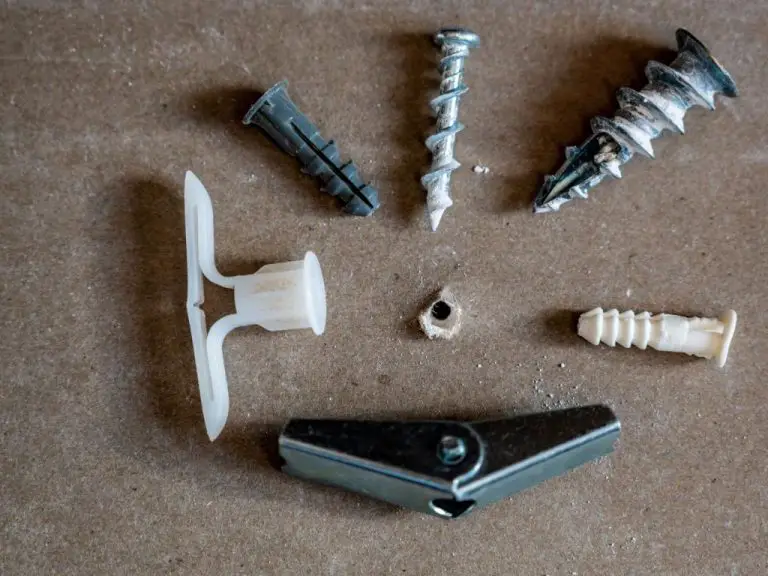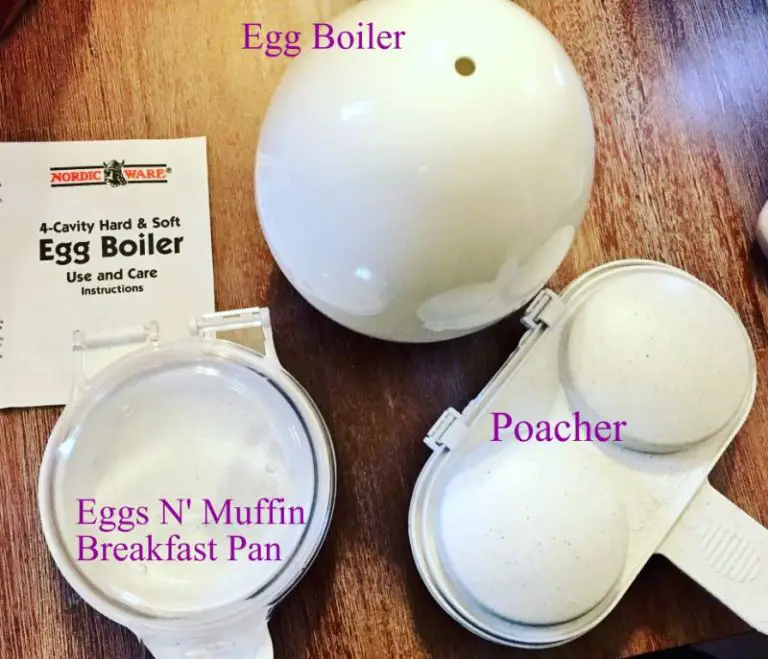How Much Money Can A Potter Make?
Pottery is a traditional craft that involves creating functional and decorative objects like bowls, mugs, vases, plates, and sculptures out of clay. Potters work with ceramics and spend their time designing pieces, preparing clay, throwing pots on a wheel or handbuilding items, decorating wares, and firing kilns. It is an artform that dates back thousands of years across many cultures. While pottery was historically a necessary trade for creating essential household items, today it is mainly practiced as an artistic pursuit and hobby.
As a career, pottery appeals to creative individuals who enjoy working with their hands and find satisfaction in crafting beautiful, unique pieces. Professional potters sell their work at craft fairs, in galleries, through online shops, or at their own studios. Some also teach pottery classes. It can be a rewarding profession for talented artisans but also requires business savvy and an entrepreneurial spirit to turn a profit.
Average Salary for Potters
The national average salary for potters in the United States is $44,000 per year, or $21 per hour, according to data from the Bureau of Labor Statistics (BLS). However, salaries can vary significantly depending on factors like location, experience, and type of employer.
According to Salary.com, the average base salary for potters and ceramic artists at major employers ranges from $41,442 to $60,854, with the median being $49,421. Total pay, including bonuses and profit sharing, can be between $41,760 and $62,696. Data from ZipRecruiter shows an average annual salary of $43,500 for potters.
Overall, most sources indicate the average annual salary for potters falls within the range of $40,000 to $50,000 nationally. However, there is a wide range of earning potential depending on individual circumstances.
Salary Range
The salary range for potters can vary substantially based on factors like experience, skills, education, location, and type of employer. According to Check a Salary, the average yearly salary for a potter in manufacturing in the UK is £19,500. However, salaries typically fall within a range of £14,000 to £31,000. More experienced potters or those with specialized skills like throwing, glazing, or decorating can make upwards of £40,000 per year.
Data from the H1B Salary Database shows the salary range for potters at Potters Industries LLC in the US can vary from $55,000 for entry-level product analysts to over $90,000 for senior manager roles.
Overall, most potters early in their careers tend to make around $25,000 – $35,000, while highly skilled potters with 5+ years of experience can make $40,000 – $60,000 depending on their role and employer.
Location
A potter’s geographic location can have a significant impact on their earnings potential. According to research from the Bureau of Labor Statistics, income levels in the United States vary greatly by location. Larger cities generally offer higher wages and returns on education for potters, while smaller towns and rural areas may have fewer opportunities and lower salaries (The effect of location on wages).
For example, the average potter salary in San Jose, California is $42,226 which is 97% greater than the national average for potters according to Comparably. In contrast, a potter in a small town may only make $28,818 on average which is significantly below the national median (Potter Salary – February 2024). Major metropolitan areas and cities with thriving arts communities tend to pay the highest wages for potters.
Overall, location plays a pivotal role in earnings potential for potters. Those working in larger cities and areas with strong demand for pottery and ceramics stand to earn higher incomes. Potters should factor location into their career and business planning.
Education
Most potters have some level of formal education in ceramics or fine arts. According to CareerExplorer, 39% of potters have a certificate or associate degree, often from a community college or trade school program focusing on ceramics and pottery skills. Many potters opt for more advanced education by earning a bachelor’s degree. A 4-year program allows students to build robust pottery skills through extensive hands-on studio work. As noted by Learn.org, major universities with comprehensive fine arts programs offer concentrations in ceramics that lead to a BFA or BA degree.
Type of Employer
The type of employer can have a significant impact on a potter’s salary. According to Indeed, potters working at commercial pottery studios earn an average of $15 per hour, while those working at large-scale pottery factories earn closer to $13 per hour on average. The lower wages at factories reflect the higher volume, production-focused work. Studio potters have more freedom to focus on unique, artistic pieces that can command higher prices.
Self-employed potters set their own rates and have potential to earn more by selling their work directly to customers, but also take on more business risk. According to CareerExplorer, the median wage for self-employed potters is around $22 per hour. However, earnings can fluctuate substantially depending on sales. Employed potters enjoy more stability but sacrifice some earning potential.
Specializations
Potters can specialize in different techniques and processes that can impact their earning potential. Some common specializations include:
- Throwing – Potters who specialize in throwing functional pottery on the wheel tend to be production potters able to throw a high volume of pieces quickly. Their income relies on efficient production. According to research by The Hourly Earnings Project, a potter throwing mugs, bowls, and plates earned around $20-25 per hour.
- Glazing – Potters who focus on unique, artistic glaze techniques and effects can command higher prices for one-of-a-kind finished pieces. Glaze specialists may earn $30-60 per hour depending on their skills and reputation.
- Sculpting – Potters creating sculptural works in clay often sell more as individual art pieces rather than production quantities. Their income varies greatly based on artistic skills and demand. Sculptural potters may earn $25-100+ per hour on commissioned work.
- Teaching – Many potters supplement their income by teaching classes and workshops. Teaching rates average $20-50 per hour depending on experience and venue.

Developing specialized skills and techniques allows potters to differentiate themselves and cater to specific target markets. This enables them to increase their income potential in their niche.
Self-Employment
Many potters choose to be self-employed or freelance rather than work for an employer. This provides more flexibility and control over their work. However, it also comes with the responsibility of finding customers, marketing, managing finances, etc. According to one potter’s hourly earnings analysis, self-employed potters made around $20-25 per hour on average after expenses (https://ceramicartsnetwork.org/daily/article/The-Hourly-Earnings-Project-A-Working-Potter-Spends-a-Year-With-a-Stopwatch-and-a-Calculator). This can lead to an annual income of $40,000-50,000 if working full-time. However, income potential is highly variable depending on factors like reputation, marketing, costs, and demand.
Selling pottery at craft fairs, farmers markets, online stores, and through commissions are common ways self-employed potters generate income. Building a loyal customer base and brand is key. Many supplement pottery income with teaching workshops or classes. Overall, successful self-employed potters need strong business, marketing and financial skills in addition to artistic talent.
Benefits
In addition to their salaries, many potters receive benefits like healthcare, paid time off, and retirement contributions from their employers. Self-employed potters must pay for their own benefits. According to Throw Clay LA, benefits of a studio membership include access to equipment, materials, firing, and studio space as well as opportunities for collaboration, exhibitions, and community. Healthcare benefits can include medical, dental, and vision insurance. Many employers also provide disability insurance, life insurance, parental leave, and continuing education stipends. Retirement plans may consist of pensions, 401(k) matching, or profit sharing programs.
Career Growth
One of the nice things about pursuing a career as a potter is that there is ample opportunity for salary growth over time as you gain more experience. When first starting out, many potters make around minimum wage or just above. However, as you develop your skills and reputation, you’ll likely see your earnings steadily increase.
After 5-10 years in the field, talented potters can expect to earn significantly more than entry level wages. It’s not uncommon for experienced potters to make $40,000-$60,000 per year. Master potters with 10+ years under their belt and a strong portfolio of work can make upwards of $70,000-$80,000 annually.
In addition to the natural salary progression that comes with experience, there are other ways to boost your earnings as a potter. Specializing in a particular style or technique can allow you to charge more for your work. Teaching classes and workshops is another popular way for potters to supplement their income. And building a reputation and client base that supports commissioned and customized pieces also presents an opportunity to increase profits over time.
While creativity is an essential part of working as a potter, viewing it as a business and actively looking for ways to increase your income through experience, specialization, and diversification of services allows you to steadily grow your career earnings well beyond an entry level wage.





